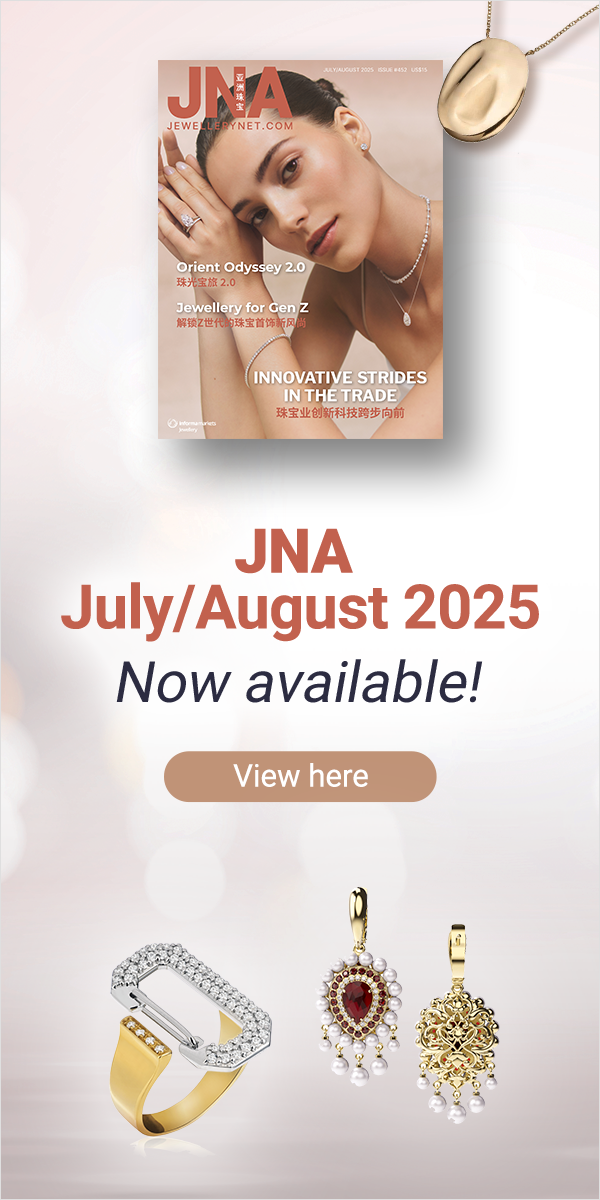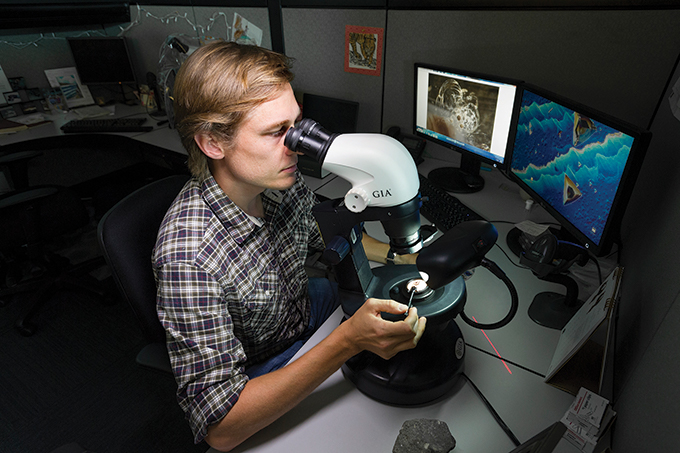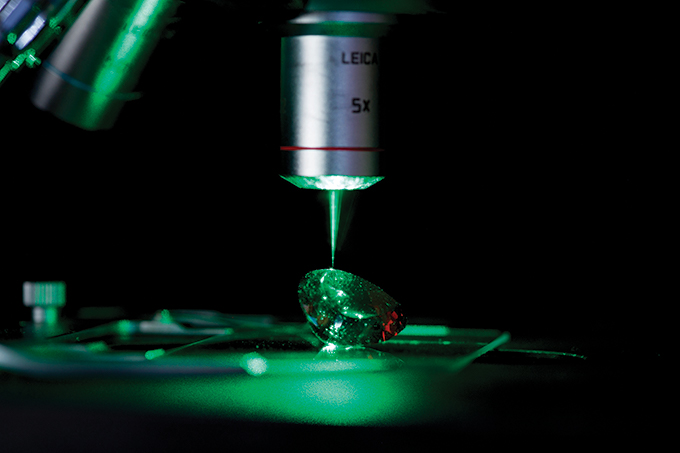The Gemological Institute of America (GIA) continues to enrich the coloured gemstone sector with its insights and services, playing a critical role in fostering consumer confidence in the trade.
This article first appeared in the GEMSWORLD 2024.
The science of gemmology and the coloured gemstone trade are constantly evolving, with new coloured gemstones and treatments periodically making their way to the market. The Gemological Institute of America (GIA) has been at the forefront of several exciting discoveries for decades and continues to bolster the coloured gemstone industry with its findings.
“GIA looks for new gems and new treatments every day in our identification laboratories around the world and in our extensive scientific research work,” said Shane McClure, GIA’s global director, Colored Stone Services. “Due to our global reach and our extensive research programme, we are able to see developments almost as they occur and use that knowledge to inform the trade and protect consumers.”
Treatments
A case in point is GIA’s discovery of nickel-diffused spinel in a group of samples examined by the researchers at its Bangkok facility in 2023.
The stones were represented as being cobalt diffused, a treatment that had been known for some years. Chemical analysis using laser ablation–inductively coupled plasma–mass spectrometry (LA-ICP-MS) however revealed that some of these stones were actually diffused with nickel instead of cobalt, a process that had not been reported until then.
The lab noted that this treatment now exists in the gem market and should be considered a possibility in spinel with blue or green hues.
McClure said, “We are applying what we learned from studying this previously unknown process to examine whether diffusion with other as-yet-not-seen elements may be used for other coloured stones.”
GIA’s global research team also converged at its global headquarters in Carlsbad, California in November 2023 to delve into the latest gemmological research and technological findings. These include the geochemistry of various species, the use of advanced techniques to detect diffusion treatments and the gemmological characterisation of emeralds from North Carolina.
According to McClure, GIA’s advances in gemstone identification and treatment are gained by applying advanced instrumentation to gather the best possible information from samples, including those their researchers collect themselves through their field gemmology programme. The lab then relies on the expertise of its trained and experienced gemmologists and scientists to analyse and interpret the data.
“These techniques and insights support the scientific basis for all GIA coloured stone reports,” he continued.
Robust business
Demand for GIA’s coloured gemstone laboratory services has increased substantially over the last few years, said McClure. He attributes this growth to the recognised quality, independence and robust science behind GIA’s reports and rising consumer demand for coloured gemstones with reports. In addition, the lab has increased its staffing and capacity, enabling it to return items submitted for examination faster.
GIA usually receives a mix of mounted and loose materials for classification, most of which are the more well-known and commercially available gemstones in the whole range of qualities. A significant number of rare and unusual gemstones such as benitoite, grandidierite, rhodochrosite and many others also make their way to GIA for testing, McClure revealed.
The lab’s mainstay products for the coloured gem sector are the GIA Colored Stone Identification Report and GIA Colored Stone Identification and Origin Report. Over the years, GIA has added well-known trade terms such as ‘Pigeon Blood’ for rubies to the comment section of the report when the items meet certain criteria.
McClure said, while GIA constantly evaluates new instrumentation and technology that may support its coloured gemstone services, the most vital element is its vast database of detailed information on different coloured stones from many different locales, coupled with the insights of its experts.
“Our mission is to protect consumer trust by providing independent gemstone evaluations, which the market can use to help determine value. In 2024, we will continue to evaluate our services, looking for opportunities to expand in ways that advance our consumer protection mission and meet the needs of our clients,” he concluded.












